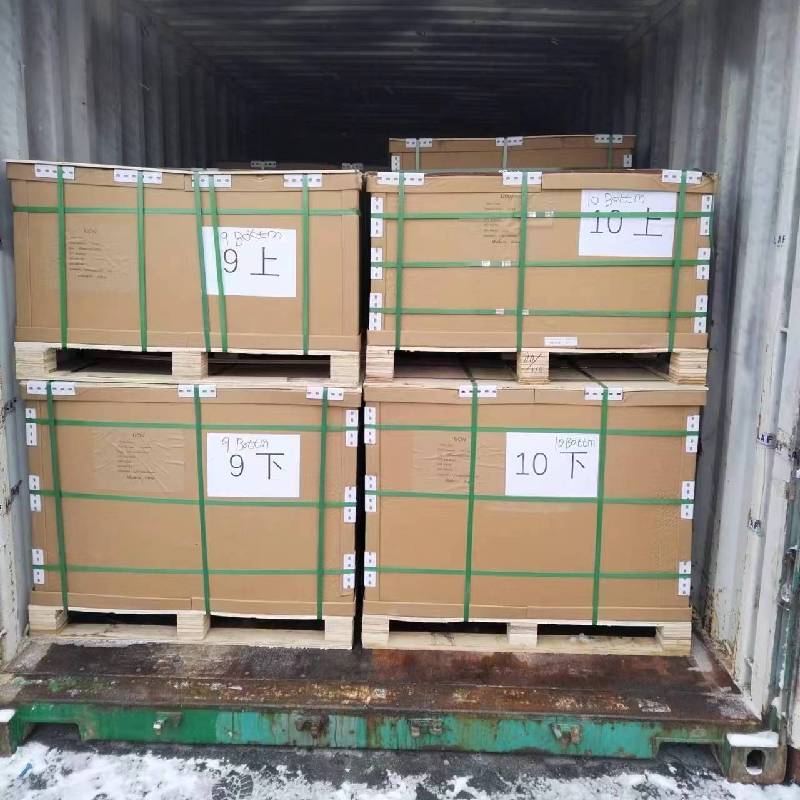
- Mobile Phone
- +8613931874955
- sales@cntcmetal.com
Understanding Brick Cavity Ties for Enhanced Structural Integrity and Moisture Management
Brick Cavity Ties An Essential Element in Modern Masonry Construction
Brick cavity ties, often referred to simply as cavity ties, play a crucial role in modern masonry construction, particularly in buildings with cavity walls. These specialized components are designed to secure the inner and outer walls of a cavity wall system, which typically consists of two parallel layers of masonry with a gap or cavity in between. Understanding the importance of cavity ties is essential for ensuring structural integrity and moisture management in brickwork.
One of the primary purposes of cavity ties is to provide stability and strength to the wall system. They are typically made from materials such as stainless steel or galvanized steel, which resist corrosion and enhance the durability of the tie. By connecting the two leaves of the wall, cavity ties help distribute loads evenly, reducing the risk of movement or collapse due to settling or external forces such as wind pressure.
Another vital function of brick cavity ties is to facilitate drainage and moisture management
. Cavity walls are designed to allow water that penetrates the outer wall to drain freely to the exterior, preventing dampness and potential damage to the inner wall. Cavity ties are strategically placed to ensure that any moisture that enters the cavity can escape, thereby protecting the building’s structural components and enhancing its longevity.brick cavity ties

Moreover, the spacing of cavity ties is a critical design consideration. Building codes often dictate the maximum distance between ties to maintain structural integrity and moisture control. Typically, ties are installed at intervals of 600 mm vertically and 900 mm horizontally, but this can vary depending on specific design requirements and local regulations.
Proper installation of cavity ties is also essential. They should be installed at an angle, with the horizontal section pointing towards the inner leaf, allowing for effective water drainage while maintaining the necessary strength. Builders and masons must adhere strictly to installation guidelines to ensure the performance and safety of the wall system.
In conclusion, brick cavity ties are indispensable in masonry construction, enhancing the structural stability of cavity walls while providing effective moisture management. Their proper installation and maintenance are critical to the long-term performance of a building, highlighting their importance in contemporary construction practices. Understanding and implementing best practices regarding cavity ties can significantly contribute to the resilience and durability of masonry structures.
share:
-
Wall Ties for Concrete: Invisible Guardians of Building Structural StabilityNewsAug.08,2025
-
Timber Frame Wall Ties: Stable Bonds for Load TransmissionNewsAug.08,2025
-
Stainless Steel Woven Wire Mesh: A versatile material from boundary protection to functional supportNewsAug.08,2025
-
Powder Coat Coil Springs: Creating peace of mind and reliability with sturdy protectionNewsAug.08,2025
-
Floor Standing Sign Holder: A Powerful Assistant for Flexible DisplayNewsAug.08,2025
-
Binding Iron Wire: An Invisible Bond for Building StabilityNewsAug.08,2025
-
Yard Sign Stakes: Reliable Guardians of Outdoor SignsNewsAug.04,2025



















